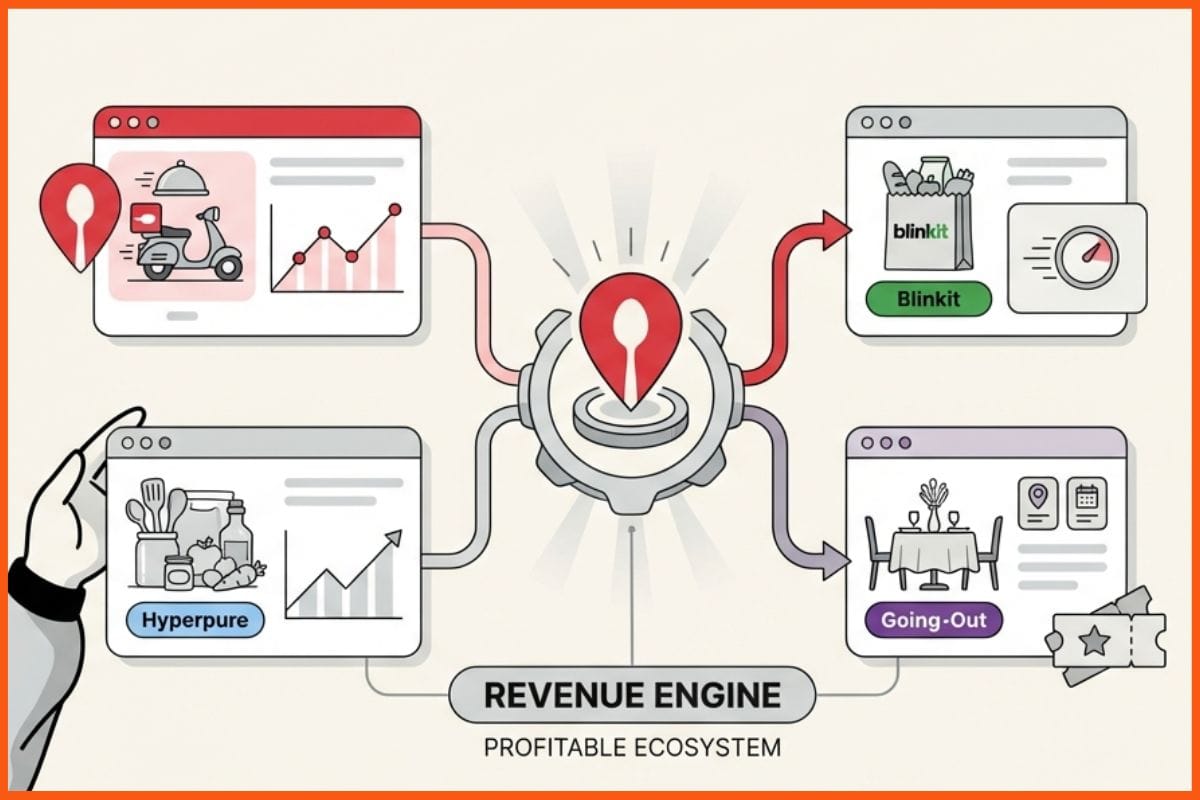Cabinet Gives the Go-Ahead for Bharatiya Antariksh Station and Gaganyaan Follow-on Missions

By broadening the scope of the Gaganyaan program, the Union Cabinet, which Prime Minister Narendra Modi leads, has approved the construction of the first unit of the Bharatiya Anatriksh Station. The cabinet has given its approval for the development of the first module of the Bharatiya Antariksh Station (BAS-1) and for the undertaking of missions to demonstrate and validate various technologies for the construction and operation of the BAS. It is necessary to amend the scope and funding of the Gaganyaan Programme to incorporate new advances for BAS and precursor missions, as well as additional requirements to fulfill the Gaganyaan Programme that is now in operation.
Revisions were made to the Gaganyaan Programme to incorporate the scope of development and precursor missions for the BAS, as well as the necessity of incorporating one extra uncrewed mission and additional hardware requirements for developing the Gaganyaan Programme that is now underway. The human spaceflight program of technological development and demonstration is currently in the process of completing eight flights, with the first unit of BAS-1 being launched in December 2028 to bring the program to a successful conclusion.
Details of Gaganyaan Program
A human trip to Low Earth Orbit (LEO) is one of the goals of the Gaganyaan Program, which was approved in December of 2018. Additionally, this program intends to establish the basis of technologies that will be required for an Indian human space exploration program in the long run. In the Amrit Kaal, the vision for space includes the establishment of an operational Bharatiya Antariksh Station by the year 2035 and the Indian Crewed Lunar Mission by the year 2040. Developing and operationalizing technologies that are necessary for long-term human space missions and future exploration to the Moon and beyond is a significant endeavor that is being undertaken by all main spacefaring nations.
Under the direction of the Indian Space Research Organisation (ISRO), the Gaganyaan Programme will be a national initiative that will involve industry, academia, and other national agencies as stakeholders. It is planned that the program will be carried out using the project management mechanism that has been built inside ISRO.
ISRO will carry out four missions as part of the existing Gaganyaan Programme by the year 2026. Furthermore, by the year 2028, ISRO will carry out four missions for the demonstration and validation of various technologies for the BAS.
How These Initiatives Will Strengthen India’s Space Presence
To better prepare for human space flights to Low Earth Orbit, the nation will acquire the necessary technological skills. The Bharatiya Antariksh Station, which is a national space-based facility, will be particularly beneficial to the advancement of scientific research and technological development activities that are based on microgravity. Because of this, technical spin-offs will be created, and discoveries in important fields of research and development will be encouraged accordingly. It is anticipated that increased industrial participation and economic activity in the human space program would lead to a rise in the development of employment opportunities, particularly in specialized high-technology areas within the space industry and related industries.
The overall financing for the Gaganyaan Programme with the altered scope has been increased to INR 20193 Crore, which came about as a result of net additional funding of INR 11170 Crore in the program that has already been approved.

Must have tools for startups - Recommended by StartupTalky
- Convert Visitors into Leads- SeizeLead
- Website Builder SquareSpace
- Run your business Smoothly Systeme.io
- Stock Images Shutterstock







